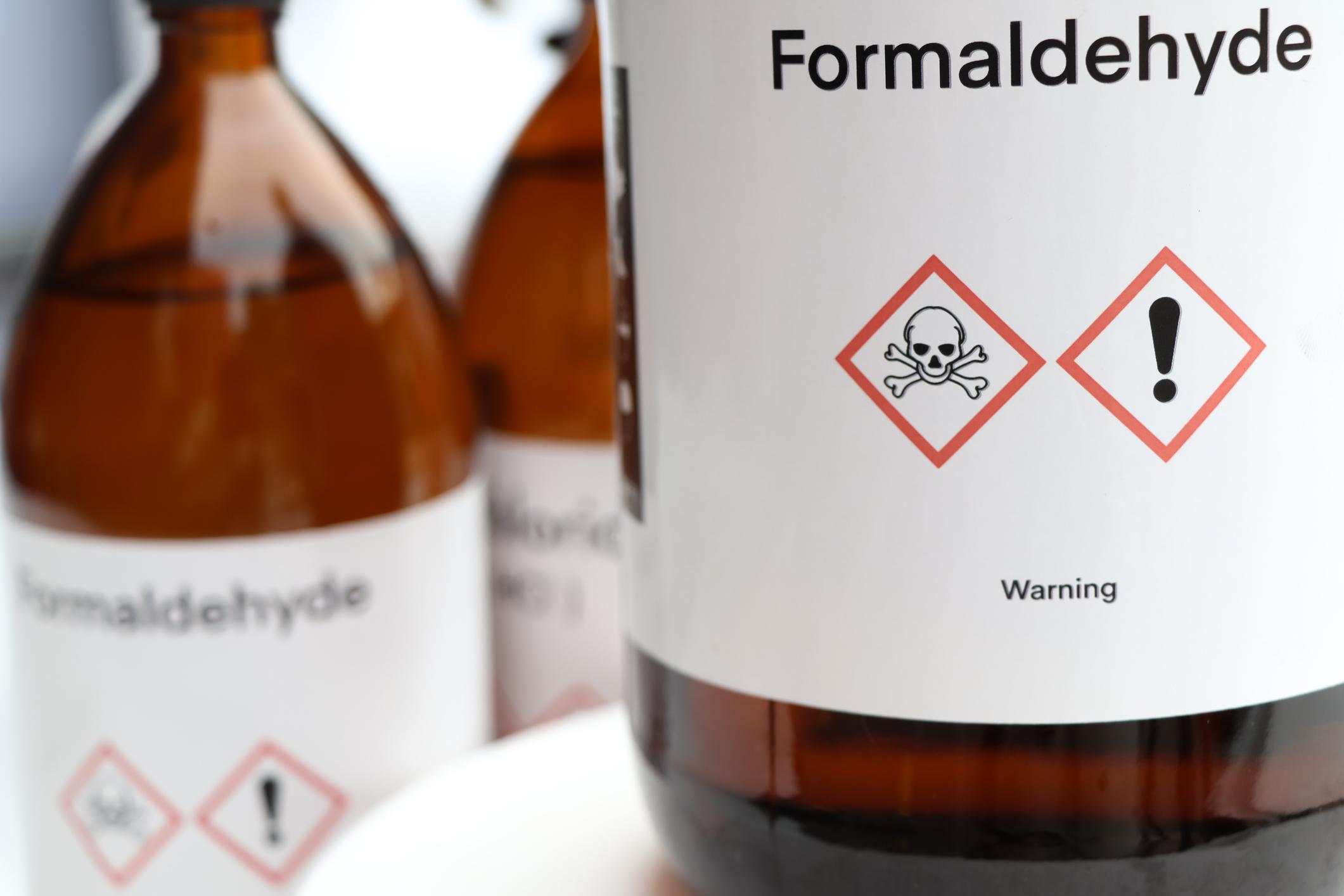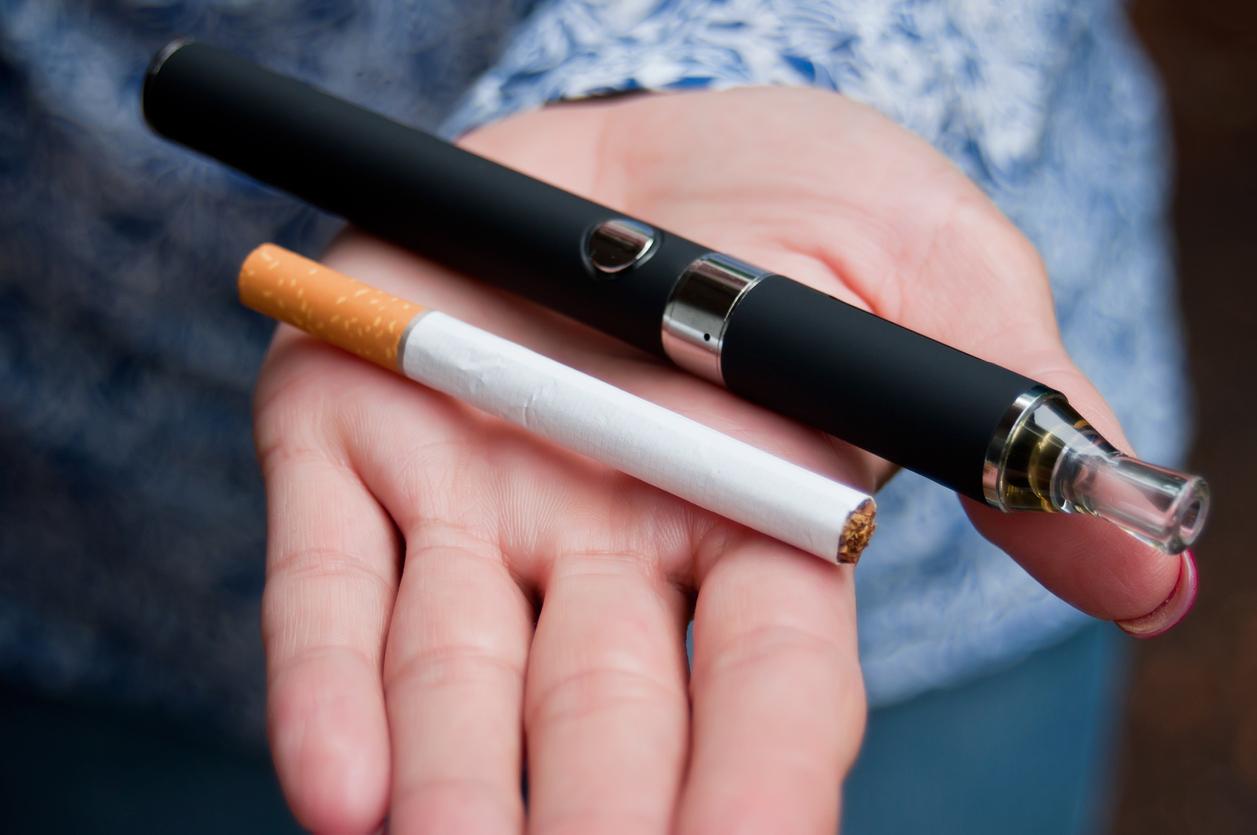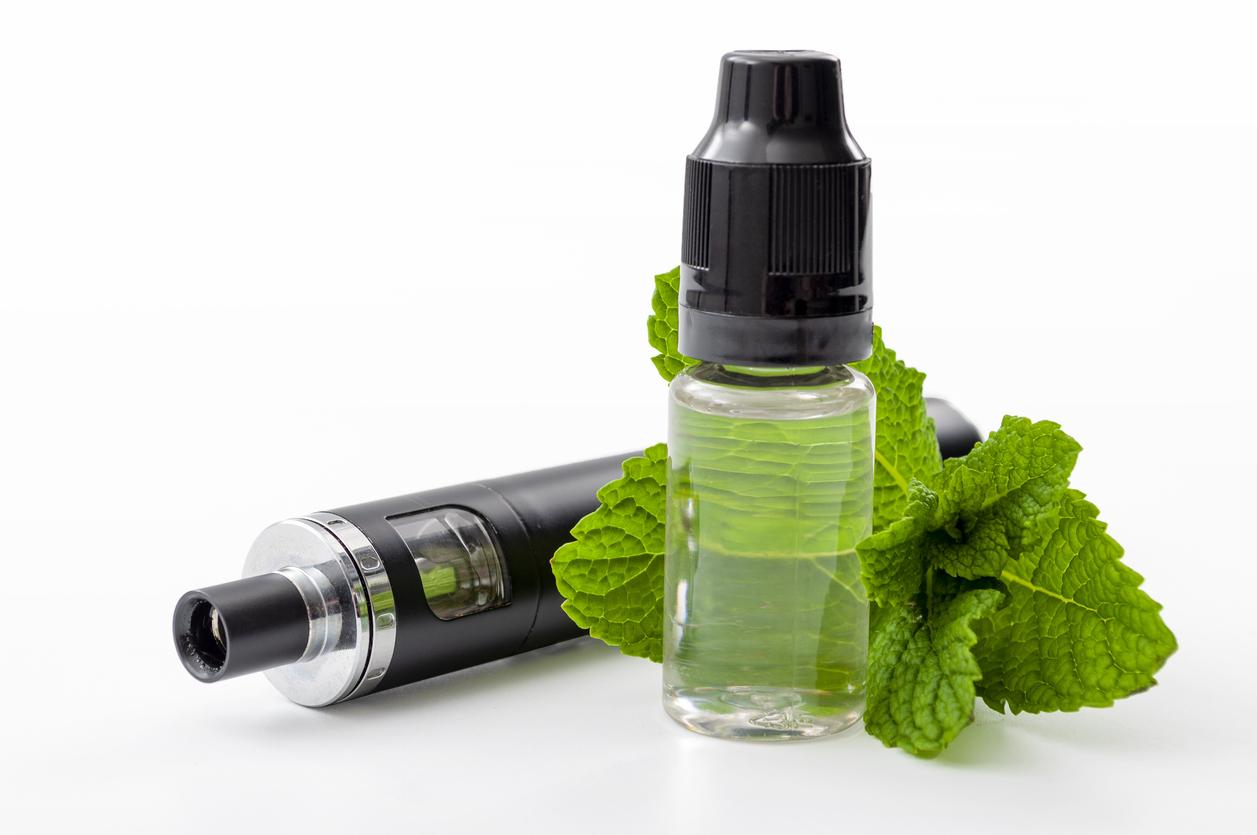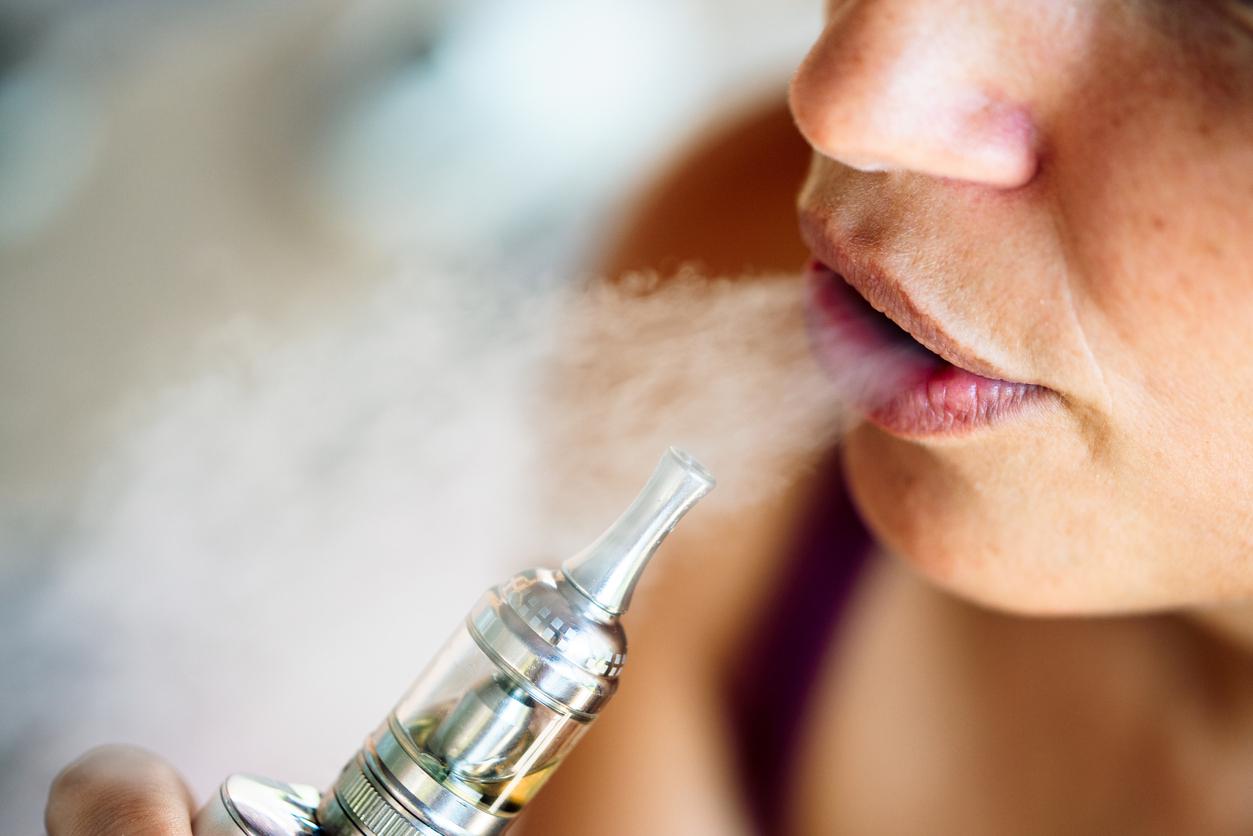According to American researchers, the e-cigarette could have harmful effects on health. Sometimes worse than tobacco. But for other specialists, the experience carried out does not correspond to vaping.

This is a new study that will, perhaps, sow confusion in the minds of some vapers. According to an American research, the electronic cigarette would be more carcinogenic than the tobacco, “in a state of heating. “No doubt the beginning of a controversy, given that other experts are already criticizing the methodology of this work: it would not correspond to the real conditions of vaping.
An inhalation machine to conduct the study
“We have found that formaldehyde can form during the vaporization process of e-cigarettes”, write these researchers from the University of Portland, in a study published in the New England Journal of Medicine this Thursday.
To reach this conclusion, these scientists used a low and high voltage e-cigarette vapor “inhale” machine to determine how “formalin”, a known carcinogen, is formed from the liquid compound. nicotine, flavoring chemicals, propylene glycol and glycerin.
Result: they did not observe any formation of formaldehyde when the machine, operating at low voltage (3.3 volts), normally heated the liquid found in the reservoir of electronic cigarettes. But when the liquid was heated much more (from 5 volts), the level of formaldehyde which was then formed was considerably higher than those found with the combustion of cigarettes.
Thus, a vapoteur who inhales daily the equivalent of three milliliters of this vaporized liquid heated to the maximum, would absorb some 14 milligrams of formaldehyde. For comparison, a person who smokes a pack of cigarettes a day would absorb about three milligrams of this carcinogen. However, in the long term, inhaling 14 milligrams of this harmful substance each day could increase the risk of cancer by 5 to 15, according to previous studies cited by this team.
Experts severely criticize the study
However, the study’s methodology is already questioned by many public health experts. This is the case of Dr Konstantinos Farsalinos, cardiologist in Athens (Greece) who on his blog severely criticizes this study. It offers another interpretation of what was actually measured. According to him, “the authors did not find formaldehyde [ndlr: dans la vapeur produite], but formaldehyde hemiacetals. ”
And, according to Dr. Farsalinos, “There is no evidence that hemiacetals are toxic or carcinogenic. It is even possible that the formation of hemiacetals protects against damage caused by formaldehyde. And yet, the authors considered them formaldehyde and calculated a risk of cancer. “
“Dry-puff” conditions, and no vaping
In addition, this specialist underlines that “what is important to analyze these results is not the volts delivered by the battery, but the power in watts applied to the resistance. However, he points out that “the authors do not even mention the value of the resistance that they used. Once again, ”he laments. And according to him, the measurements made by the authors of the study correspond to puffs of 4 seconds at 6-7 watts. Which at 5 volts gives an output of 14-16 watts. “This is a very high value for most commercial atomizers (except some rebuildable ones which can withstand such power). It is therefore obvious that the atomizer has been overheated, which of course results in a very high production of formaldehyde ”, insists Dr Farsalino.
He concludes: “What the authors do not know is that these conditions, known as ‘dry-puff’, are easily detected by users of a personal vaporizer (PV). This produces an unbearable taste, and no one uses a VP under these conditions, and therefore is never exposed to such concentrations of formaldehyde. “
.
















